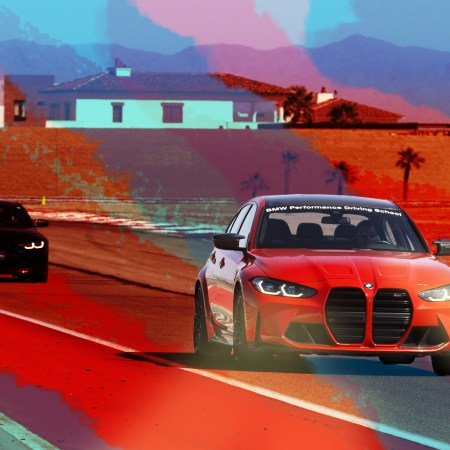The future of checkered flags is bright.
Exhibit A: Google is hosting a Lunar Grand Prix, which is exactly what it sounds like.
Exhibit B: electric car-racing circuit Formula E just announced Roborace, the world’s first driverless racing championship. The series will feature 10 teams racing two driverless cars each. The cars will be built to identical specs, with teams piloting them via real-time computing algorithms.
The “added” value of not having a driver: innovative car and engine design that allows for higher acceleration and higher speeds. Still in early development, the phantom cars that will be used for Roborace are expected to top out at around 186 mph.
The announcement has been rather coolly received from racing traditionalists (read: “The Racing Series That No One Asked For”), your humble correspondent — who spent her youth enthusiastically getting pummeled in the face with flying mud on the Outlaws Sprint Car Series — among them.
But Mark Preston, boss of Formula E’s Team Aguri, sees plenty of redemptive value in driverless racing: “It is a great place to experiment and showcase new ideas and bring them to the attention of the world in a controlled environment where people can gain confidence that they are safe,” he told Mashable.
In other words: Roborace could be a testing ground for new technologies and designs that elevate — rather than impede — the future of Formula One.
Main image via Shivraj Gohil for Team Aguri
For more travel news, tips and inspo, sign up for InsideHook's weekly travel newsletter, The Journey.






















